1. He FJ, Li J, Macgregor GA. Effect of longer term modest salt reduction on blood pressure: Cochrane systematic review and meta-analysis of randomised trials. BMJ. 2013; 346:f1325. PMID:
23558162.
2. Mozaffarian D, Fahimi S, Singh GM, Micha R, Khatibzadeh S, Engell RE, Lim S, Danaei G, Ezzati M, Powles J. Global Burden of Diseases Nutrition and Chronic Diseases Expert Group. Global sodium consumption and death from cardiovascular causes. N Engl J Med. 2014; 371:624–634. PMID:
25119608.
3. Graudal NA, Hubeck-Graudal T, Jürgens G. Effects of low-sodium diet vs. high-sodium diet on blood pressure, renin, aldosterone, catecholamines, cholesterol, and triglyceride (Cochrane Review). Am J Hypertens. 2012; 25:1–15. PMID:
22068710.
4. Cook NR, Appel LJ, Whelton PK. Sodium intake and all-cause mortality over 20 years in the trials of hypertension prevention. J Am Coll Cardiol. 2016; 68:1609–1617. PMID:
27712772.
5. Park CY, Jo G, Lee J, Singh GM, Lee JT, Shin MJ. Association between dietary sodium intake and disease burden and mortality in Koreans between 1998 and 2016: The Korea National Health and Nutrition Examination Survey. Nutr Res Pract. 2020; 14:501–518. PMID:
33029290.
6. Ministry of Health and Welfare, Korea Centers for Disease Control and Prevention. Korea Health Statistics 2019: Korea National Health and Nutrition Examination Survey (KNHANES VIII-1): Korea National Health and Nutrition Examination Survey. Cheongju: Korea Centers for Disease Control and Prevention;2019.
7. Ministry of Health and Welfare. Health Plan 2020, 2011~2020. Seoul: Ministry of Health and Welfare;2011.
8. Statistics Korea. Population density by region. In : Statistics Korea Government Official Work Conference; 2022; Daejeon.
9. Seoul Metropolitan Government, Division of Food Safety. A Comprehensive Plan of Reducing Sodium Intake in Seoul 2020. Seoul: Seoul Metropolitan Government, Division of Food Safety;2013.
10. Park HK, Lee Y, Kang BW, Kwon KI, Kim JW, Kwon OS, Cobb LK, Campbell NR, Blakeman DE, Kim CI. Progress on sodium reduction in South Korea. BMJ Glob Health. 2020; 5:e002028.
11. Lim AH, Hwang JY, Kim K. Evaluation of the sodium intake reduction plan for a local government and evidence-based reestablishment of objectives: case of the Seoul Metropolitan Government. J Nutr Health. 2017; 50:664.
12. Shin WY, Cho SH, Kim JH. Workplace foodservice meals are associated with higher nutritional quality among adult Korean workers: a nationwide cross-sectional study. Nutr Res Pract. 2022; 16:248–259. PMID:
35392525.
13. Park HR, Jeong GO, Lee SL, Kim JY, Kang SA, Park KY, Ryou HJ. Workers intake too much salt from dishes of eating out and food service cafeterias; direct chemical analysis of sodium content. Nutr Res Pract. 2009; 3:328–333. PMID:
20098587.
14. Kim WG, Choi I, Yoon J. Nutritional quality of lunches consumed by Korean workers: Comparison between institutional and commercial lunches. Nutr Res Pract. 2016; 10:606–615. PMID:
27909558.
15. Kim S, Kang M. Male Korean workers eating out at dinner. Br Food J. 2018; 120:1832–1843.
16. Kim D, Ahn BI. Eating out and consumers' health: evidence on obesity and balanced nutrition intakes. Int J Environ Res Public Health. 2020; 17:586. PMID:
31963262.
17. Park Y, Yoon J, Chung SJ. Comparison of the sodium content of Korean soup-based dishes prepared at home, restaurants, and schools in Seoul. J Nutr Health. 2020; 53:663.
18. Han G, Yang E. Nutrient intake in Korean adults determined by considering the type of lunch, categorized as home meals, eating out and institutional meals: data from the 2019 Korea National Health and Nutrition Examination Survey. J Korean Soc Food Cult. 2021; 36:583–594.
19. Lee KI, Kim SH, Shin SY, Shim H, Park IH. The Consumer Behavior Survey for Food 2021. Naju: Korea Rural Economic Institute;2021.
20. Kwon O, Kim H, Kim J, Hwang JY, Lee J, Yoon MO. The development of the 2020 Dietary Reference Intakes for Korean population: lessons and challenges. J Nutr Health. 2021; 54:425–434.
21. Ministry of Health and Welfare. The Korean Nutrition Society. Dietary Reference Intakes for Koreans. Sejong: Ministry of Health and Welfare;2020.
22. Choi M. Meal types by cooking method consumed by Korean adults according to meal provision place: using 2015 Korea National Health and Nutrition Examination Survey. Korean J Food Cookery Sci. 2017; 33:264–274.
23. Lee HS, Duffey KJ, Popkin BM. Sodium and potassium intake patterns and trends in South Korea. J Hum Hypertens. 2013; 27:298–303. PMID:
23151751.
24. Jeong Y, Kim ES, Lee J, Kim Y. Trends in sodium intake and major contributing food groups and dishes in Korea: the Korea National Health and Nutrition Examination Survey 2013-2017. Nutr Res Pract. 2021; 15:382–395. PMID:
34093978.
25. Tsuchihashi T. Dietary salt intake in Japan - past, present, and future. Hypertens Res. 2022; 45:748–757. PMID:
35296804.
26. Shim JS, Shim SY, Cha HJ, Kim J, Kim HC. Socioeconomic characteristics and trends in the consumption of ultra-processed foods in Korea from 2010 to 2018. Nutrients. 2021; 13:1120. PMID:
33805412.
27. Zagorsky JL, Smith PK. The association between socioeconomic status and adult fast-food consumption in the U.S. Econ Hum Biol. 2017; 27:12–25. PMID:
28472714.
28. Baker P, Machado P, Santos T, Sievert K, Backholer K, Hadjikakou M, Russell C, Huse O, Bell C, Scrinis G, et al. Ultra-processed foods and the nutrition transition: global, regional and national trends, food systems transformations and political economy drivers. Obes Rev. 2020; 21:e13126. PMID:
32761763.
29. Hao J, Zhou P, Qiu H. Association between ultra-processed food consumption and frailty in American elder people: evidence from a cross-sectional study. J Nutr Health Aging. 2022; 26:688–697. PMID:
35842759.
30. Kim HJ, Oh SY, Choi DW, Park EC. The association between eating-out rate and BMI in Korea. Int J Environ Res Public Health. 2019; 16:3186. PMID:
31480485.
31. Hur YI, Huh Y, Lee JH, Lee CB, Kim BY, Yu SH, Kim JH, Kim JW, Kim HM, Lee MK, et al. Factors associated with body weight gain among Korean adults during the COVID-19 pandemic. J Obes Metab Syndr. 2022; 31:51–60. PMID:
35332112.
32. Han AL. Association between non-alcoholic fatty liver disease and dietary habits, stress, and health-related quality of life in Korean adults. Nutrients. 2020; 12:1555. PMID:
32471118.
33. Struijk EA, Hagan KA, Fung TT, Hu FB, Rodríguez-Artalejo F, Lopez-Garcia E. Diet quality and risk of frailty among older women in the Nurses’ Health Study. Am J Clin Nutr. 2020; 111:877–883. PMID:
32091575.
34. Barragán R, Coltell O, Portolés O, Asensio EM, Sorlí JV, Ortega-Azorín C, González JI, Sáiz C, Fernández-Carrión R, Ordovas JM, et al. Bitter, sweet, salty, sour and umami taste perception decreases with age: sex-specific analysis, modulation by genetic variants and taste-preference associations in 18 to 80 year-old subjects. Nutrients. 2018; 10:1539. PMID:
30340375.
35. Wiriyawattana P, Suwonsichon S, Suwonsichon T. Effects of aging on taste thresholds: a case of Asian people. J Sens Stud. 2018; 33:e12436.
36. Jeon S, Kim Y, Min S, Song M, Son S, Lee S. Taste sensitivity of elderly people is associated with quality of life and inadequate dietary intake. Nutrients. 2021; 13:1693. PMID:
34067560.
37. Tan SY, Sotirelis E, Bojeh R, Maan I, Medalle M, Chik XS, Keast R, Tucker RM. Is dietary intake associated with salt taste function and perception in adults? A systematic review. Food Qual Prefer. 2021; 92:104174.
38. Leyvraz M, Chatelan A, da Costa BR, Taffé P, Paradis G, Bovet P, Bochud M, Chiolero A. Sodium intake and blood pressure in children and adolescents: a systematic review and meta-analysis of experimental and observational studies. Int J Epidemiol. 2018; 47:1796–1810. PMID:
29955869.
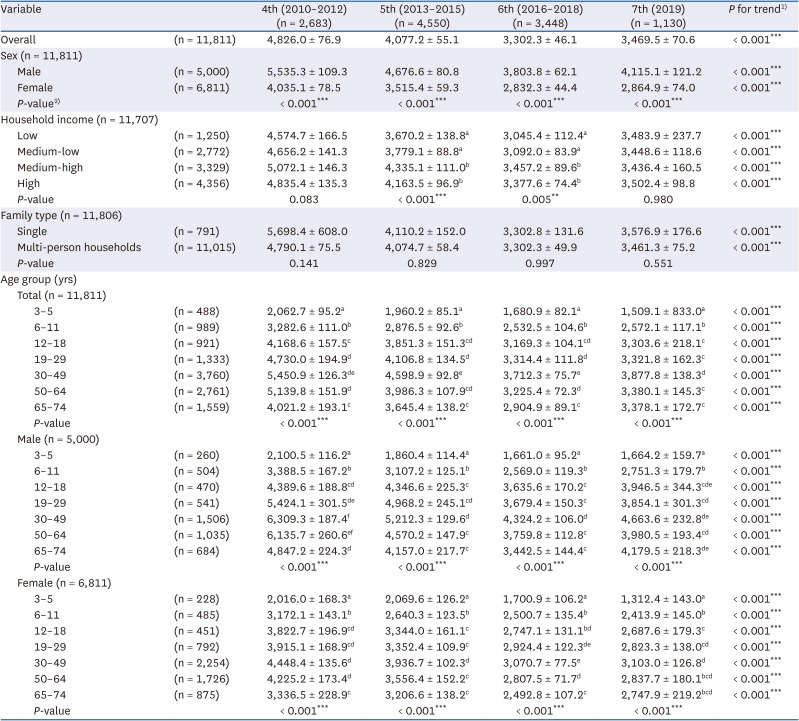
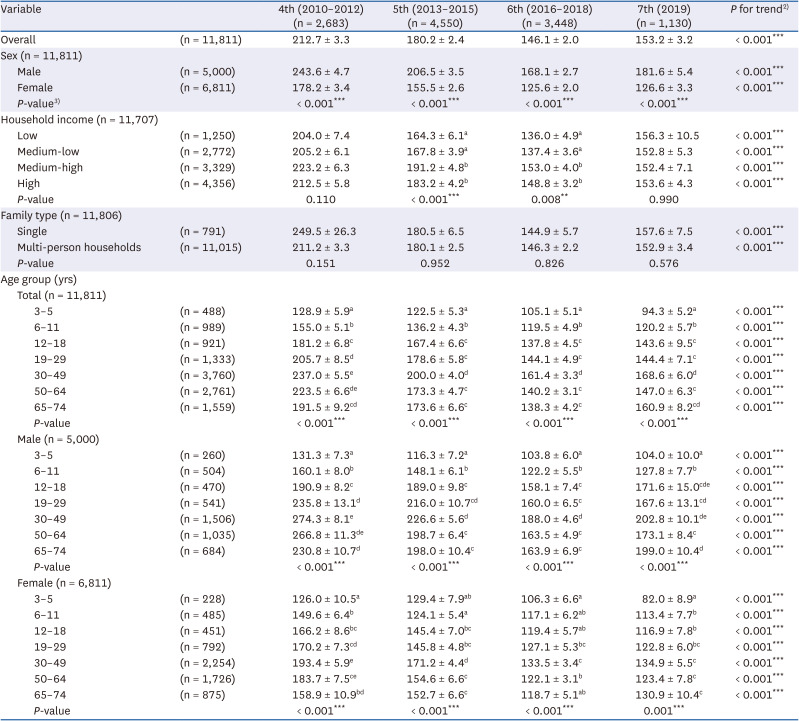
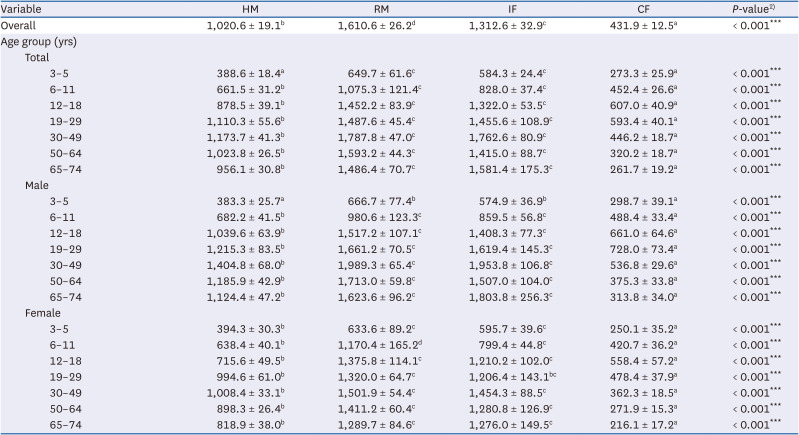
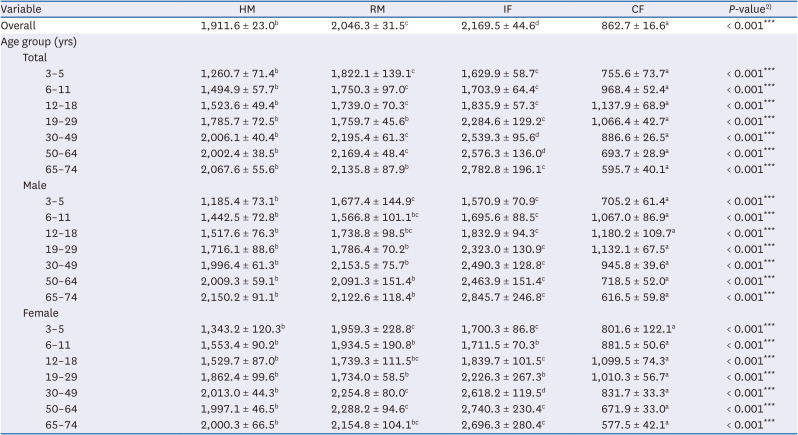
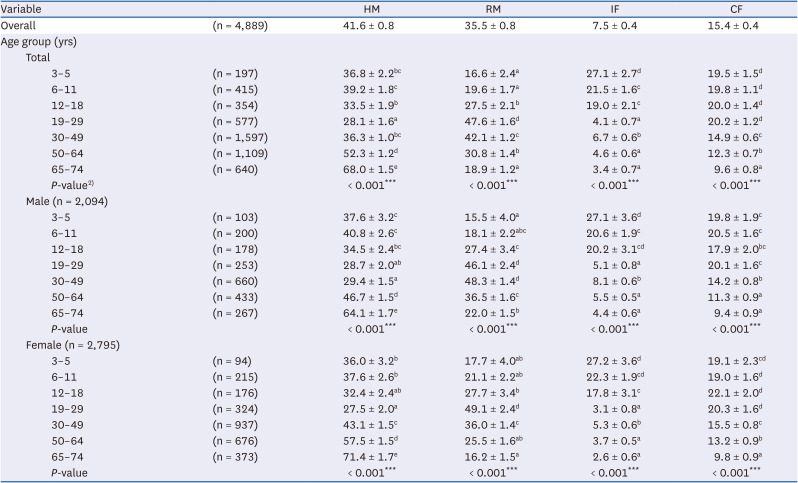




 PDF
PDF Citation
Citation Print
Print



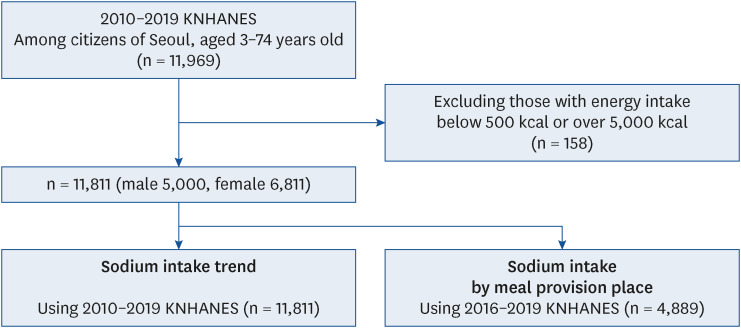
 XML Download
XML Download